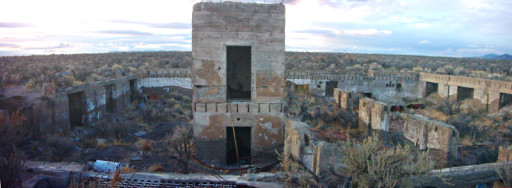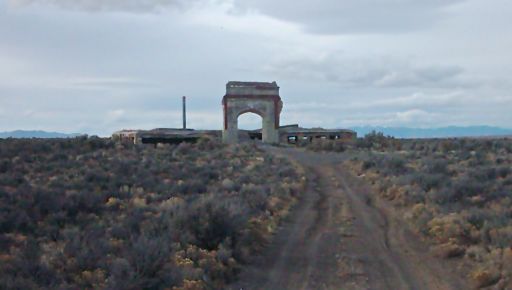Members of my immediate family start asking around this time of year about what kinds of things I’d like for Christmas presents this year.
This strikes me as a good way to break the week-long bout of blogstipation I’ve been having. Here, then, is what I want for Christmas, Xmas, Hannukah, Kwanzaa, Cephalopodmas, or whatever gift-giving winter holiday you prefer (each category is sorted roughly in order of desire at the moment):
Ridiculously Expensive Stuff
Which I only list on the off-chance that someone wins the lottery or happens to find an amazing bargain on “e-bay®” or something.
- A good bacteriological microscope.
- A Rotary Evaporator
- A Gastrovac!
- Book:Bioprocess Engineering
- …And a pony…
Relatively Expensive Books
- Book:Wine Microbiology: Practical Applications and Procedures (and similarly hardcore food microbiology books)
- Book:Principles of Fermentation Technology
- Book:Microbial Diversity and Bioprospecting
- Book:Industrial Microbiology, An Introduction
- Book:Manual of Industrial Microbiology and Biotechnology
Other kinda-expensive-but-maybe-you-can-find-it-at-reasonable-price stuff
 A pair of “barefoot shoes”
A pair of “barefoot shoes”- A Dry-Ice maker (other companies make similar devices, too)
- A small-scale water distiller/deionizer of some kind
- One or more live specimens of Humulus lupulus
- A live Guarana bush.
Relatively Cheap Stuff (but still spiffy)
- T-Shirt:
 Science is SATAN spelled backwards
Science is SATAN spelled backwards - T-Shirt: Stand Back, I’m going to try SCIENCE

(The “Actual Size” stickers are pretty funny, too…) - A pound of powdered Graphite
- An Octodog Maker
 (The “dealers” list includes the Monterey Bay Aquarium, apparently…)
(The “dealers” list includes the Monterey Bay Aquarium, apparently…) - Gellan Gum
- Carboxymethylcellulose gum
- And various other food-chemicals
I know there was more, but my brain seems to have gone on break right now…



 I get some odd Google searches hitting this site. Once in a while, however, I see one asking a question of vital importance and great usefulness to the general public. Today’s brief topic is this query: “Does beer and ice cream make gas?”.
I get some odd Google searches hitting this site. Once in a while, however, I see one asking a question of vital importance and great usefulness to the general public. Today’s brief topic is this query: “Does beer and ice cream make gas?”. +
+  =?????
=?????